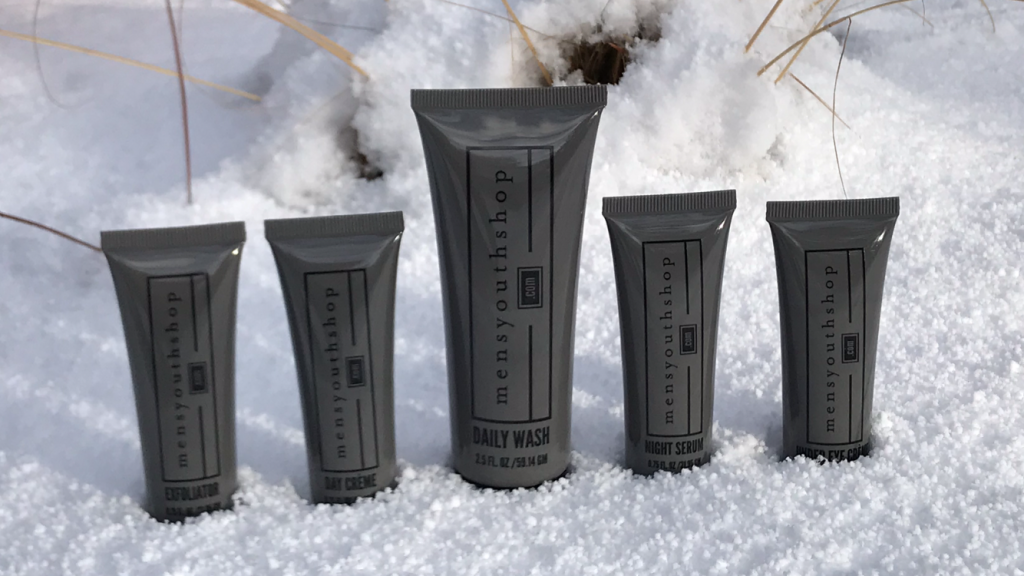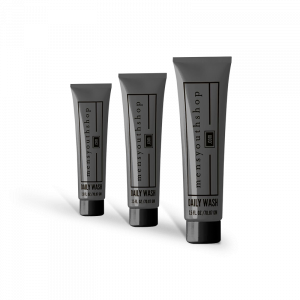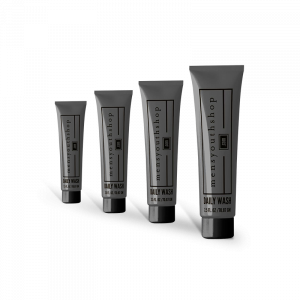
Winter is hard on your hands. Smooth, supple, and soft in September, hands can turn red, chapped, and rough by February. The main culprit? Lack of moisture. During winter, the humidity in the outside air plunges. Inside, things are even drier, thanks to indoor heating. If you’re washing your hands frequently to avoid catching a cold or the flu you could sap whatever natural oils are left in your skin. That can leave your skin so dehydrated that they crack, peel, and bleed. The good news, Marmur says, “is once you recognize that, you’re halfway on your way to fixing the problem.”
How well your hands can withstand winter’s harsh conditions has a lot to do with the strength of our skin barrier, says Charles Crutchfield III, MD, a dermatology professor at the University of Minnesota Medical School. The skin barrier is a mix of proteins, lipids, and oils. It protects your skin, and how good a job it does is mostly about your genes. If you have a weak barrier, you’re more prone to symptoms of sensitive skin, such as itching, and inflammation. Your skin is more likely to become very dry in winter. If you had chapped skin last year, you may be more likely to have that happen again every winter. Moisturize, Moisturize, Moisturize! Products like Men’s Youth Shop’s Day Creme
To treat parched, scaly skin, you need to replace the moisture that your thirsty skin is missing. Drinking water, experts point out, won’t do that. “It’s the moisturizer applied directly to the skin that will keep water from evaporating and give your skin a healthy, dewy appearance,” says dermatologist Amy Wechsler, MD, author of The Mind-Beauty Connection: 9 Days to Reverse Stress, Aging and Reveal More Youthful, Beautiful Skin.
 The Basic
The Basic
 The Complete
The Complete
 The Ultimate
The Ultimate
©2021 Mens Youth Shop